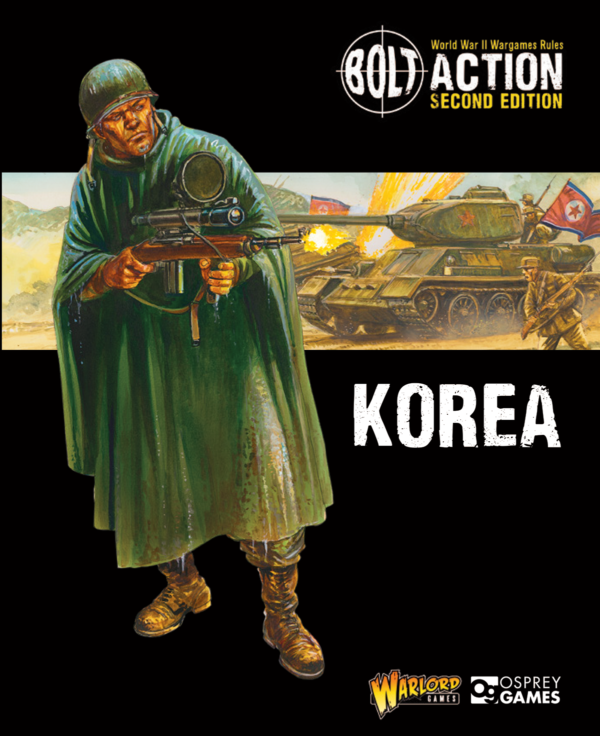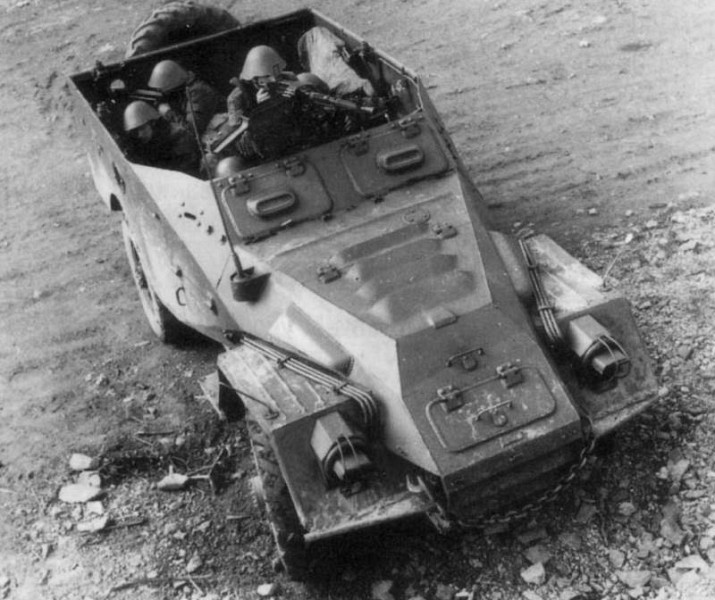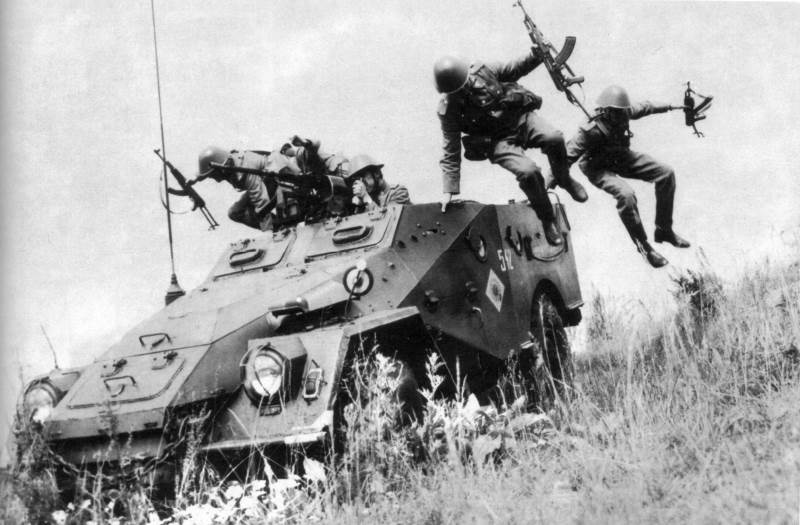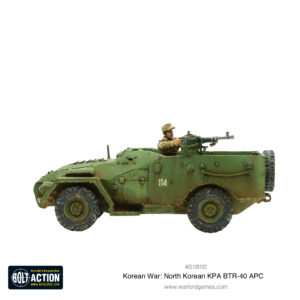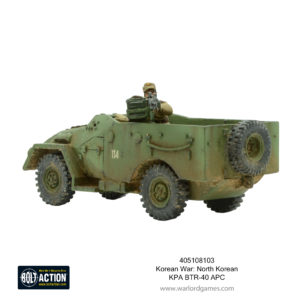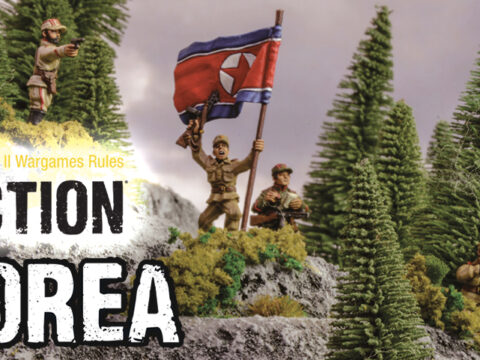Today we’re looking at the Soviet BTR-40, which made its debut in the Korean War. It is still in service with several nations to this day.
Development
Following World War II, the Red Army sought to develop what they had learnt about mobility on the battlefield. They needed a dependable transport capable of traversing a number of terrains that could constantly deliver troops to the front.
During the war, the Red Army relied on the BA-64B, which had been produced in a state of wartime to a specification not specifically designed for mass troop movement. One of the results of development post-war was the BTR-40 (“BroneTRansporter”), developed by V.A. Dedkov. Based on the GAZ-63 4×4 utility vehicle, it was more than twice as heavy, much longer and larger as the BA-64B, and was designed as the get-go as an APC. It was still nimble, fast and agile enough to operate reconnaissance missions. The BTR-40 had a crew of two and could carry eight Soldiers.
Korean War
The Korean War would be the first combat use of the BTR-40. As with all combatant nations, the KPA included armoured cars “gifted” from the USSR for scouting and sometimes as light support for infantry. During street fighting their small size and manoeuvrability made them especially useful.
The BTR-40 saw limited action in the war with the KPA. It was primarily used as a prime mover for anti-tank guns and heavier anti-aircraft guns. They did, however, make an effort to deploy infantry battalions in a motorized fashion having adopted the Soviet doctrines of warfare. The KPA was soon forced to learn the art of logistics in warfare. Having access to modern equipment like the BTR-40 may have been a great boon, but to keep that equipment running with fuel and spare parts was another matter.
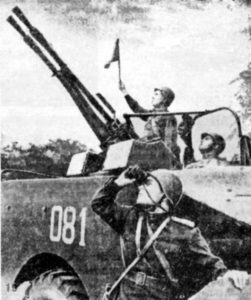 The Chinese People’s Volunteer army also had access to a small number of BTR-40s. The PVA, however, was better trained to be a light infantry force so the BTR-40 was used as a prime mover. There was the capability to use them as a troop transport but lacking the appropriate numbers to create an armoured spearhead caused the PVA to use these in limited roles. The air superiority of the UN forced the PVA to hide these valuable pieces of equipment.
The Chinese People’s Volunteer army also had access to a small number of BTR-40s. The PVA, however, was better trained to be a light infantry force so the BTR-40 was used as a prime mover. There was the capability to use them as a troop transport but lacking the appropriate numbers to create an armoured spearhead caused the PVA to use these in limited roles. The air superiority of the UN forced the PVA to hide these valuable pieces of equipment.
The KPA also had access to the first modification of the BTR-40. Designated in an anti-aircraft role, the BTR-40A mounted twin 14.5mm KPVT heavy machine guns operated by a single gunner and rotated manually. It is unknown how many of these saw service during the first year of the war.
Beyond Korea
Though the BTR-40 was produced and used in large quantities, the Red Army deemed it unfit for purpose relatively early in its life cycle. It was found lacking in its ability for cross-country travel and amphibious traversal. It was eventually replaced by the larger BTR-152. Despite this, many BTR-40s were exported to Soviet allies around the world. China, for instance, used both Soviet-made and locally produced vehicles know as the Type 55. Additional users include Yemen, Eqypt, Albania & Mongolia.
Following the Korean War, the BTR-40 saw use by the North Vietnamese Army (NVA) during the Vietnam War. Some also saw action in the North Yemen Civil War. The APC went on to see service in a large number of contained regional conflicts. A limited number of BTR-40s even remain in service with third world nations to this day.
In Bolt Action
The Korean Peoples Army list in Bolt Action Korea allows you to select the BTR-40 APC capable of transporting 8 infantry. This is a vital addition to any KPA force; get your troops to key strategic points swiftly and unscathed.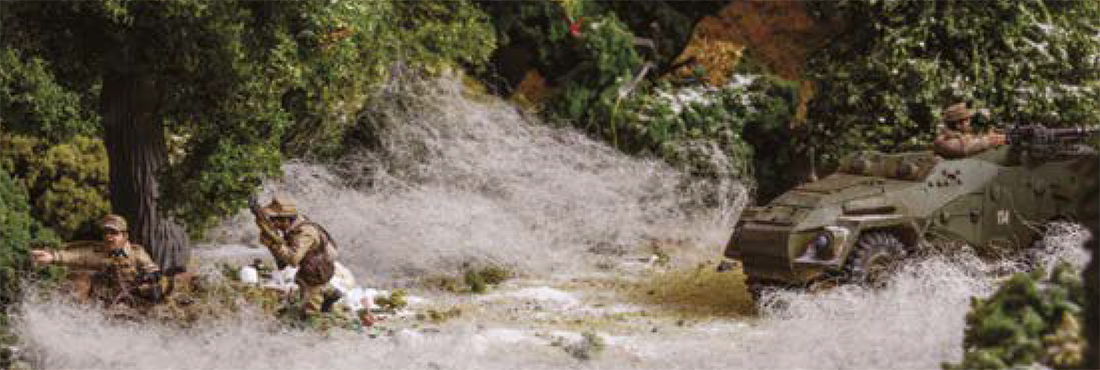
Alternatively, you also have the option of the BTR-40A variant, for a little extra firepower. Though designed as an anti-aircraft weapon, the HMGs are equally capable of mowing down enemy infantry or ripping through soft-skinned vehicles.
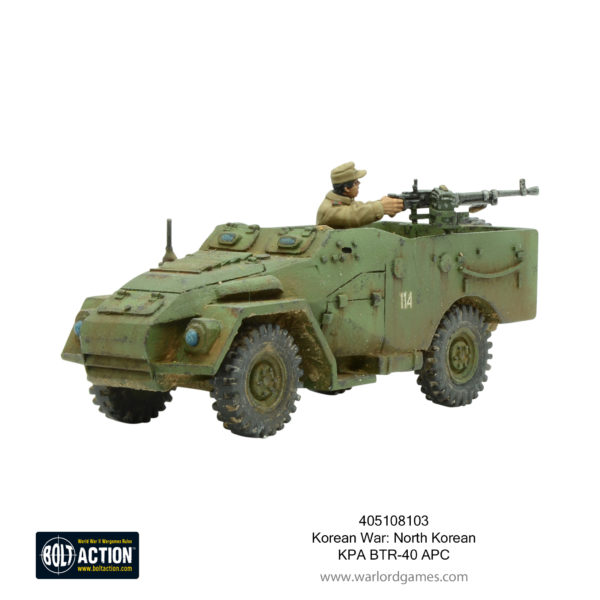
GET STARTED WITH BOLT ACTION: KOREA
Your starting point for re-enacting the ferocious battles of the Korean war is the Bolt Action: Korea book. It is crammed with history, army lists and scenarios.
Inside the book, you’ll find a comprehensive history of the conflict with details of every major battle fought between the two sides. It also includes details of the various forces and their organisation, commanders, and equipment. Scenarios are provided for many of the battles, along with comprehensive force selectors to help you assemble your force.
